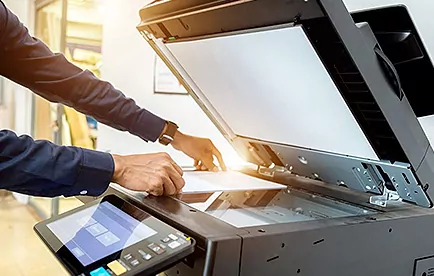Why AI needs Document Scanning

An intellectual revolution is underway, set to transform knowledge-based professions just as profoundly as the Industrial Revolution reshaped manual work. As with that historic shift, companies that embrace change will thrive, while those that resist risk falling behind.
At the heart of this revolution is AI, specifically Large Language Models (LLMs). Tools like ChatGPT and its competitors are already proving their value, with industries such as law, consulting, and accounting integrating them into daily operations. However, professionals recognise that using the same publicly available AI as their competitors limits their ability to stand out. The real advantage lies in developing bespoke LLMs trained on company-specific data and expertise.
Like any computer system, AI performance depends on the quality of its input—more precisely, the quantity and relevance of that input. The more data an LLM can learn from, the better its results. However, much of a company’s valuable knowledge may be locked away in non-digital formats such as paper documents, microfilm, or microfiche. Many organisations still rely on these legacy records, making them inaccessible to AI.
The solution is document scanning combined with Optical Character Recognition (OCR). By digitising archives, businesses unlock a wealth of historical knowledge, enabling AI to deliver more insightful, accurate responses. This not only enhances decision-making but also provides a crucial competitive edge.
By converting old archives into digital assets, companies can maximise the potential of AI—turning past knowledge into future success.


